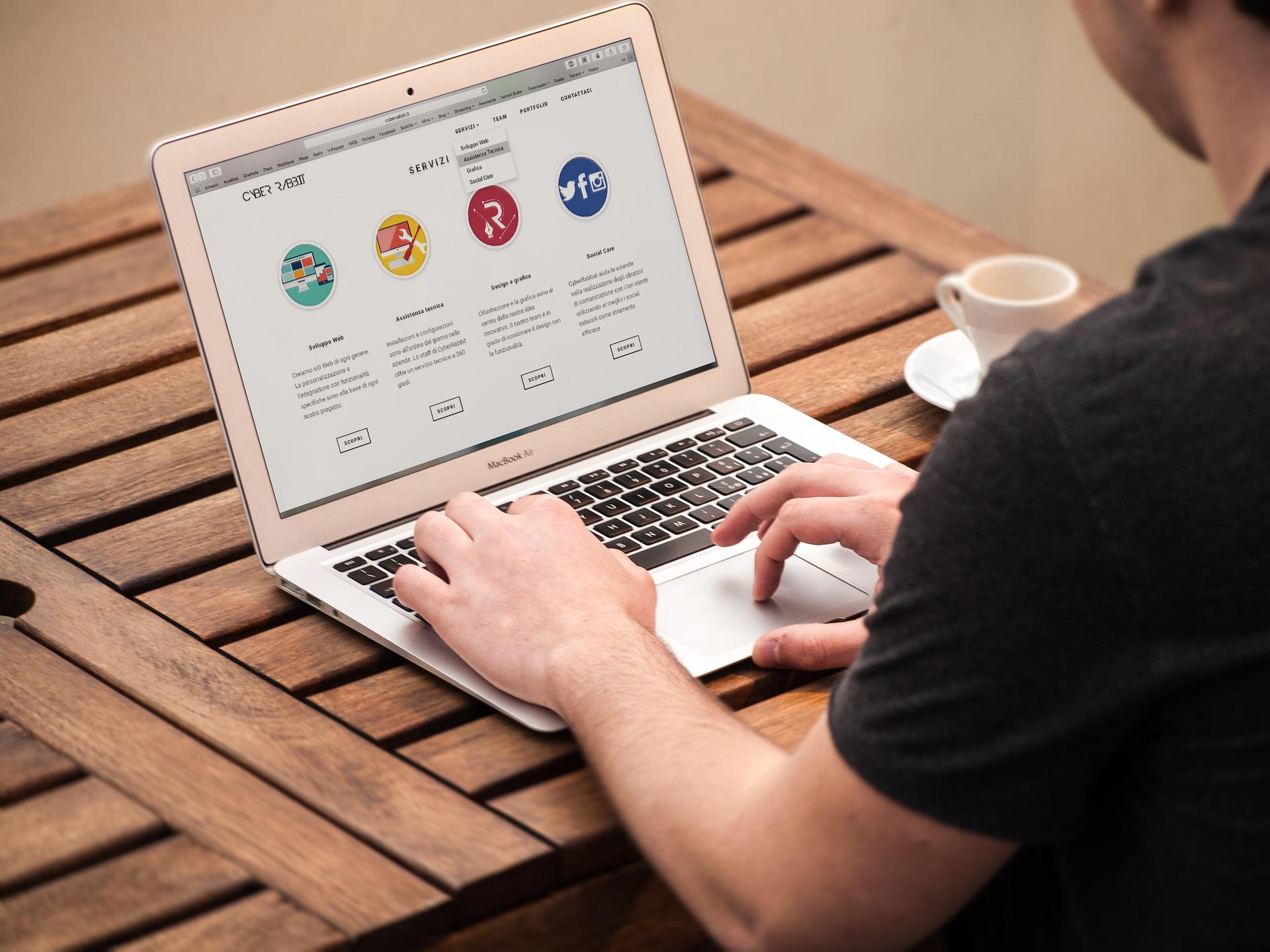Security Risk Management Aide Memoire. Security risks can come from anywhere. A hacker might try to break into your website in order to steal customer data, or a disgruntled employee might try to sabotage your company’s online presence. Whatever the case may be, it’s important to take steps to mitigate these risks and protect your website and its users.
- Use a web application firewall: A web application firewall (WAF) is a security tool that can protect your website from malicious traffic. By filtering and blocking incoming requests that are known to be harmful, a WAF can help you keep your site safe from attack.
- Keep your software up to date: Outdated software is one of the most common security risks facing websites today. You can close off many potential attack vectors by ensuring that all your software is up to date.
- Implement strong authentication: One way to protect your website is to implement strong authentication measures. This requires users to provide more than just a username and password when logging in. Two-factor authentication, for example, adds an extra layer of security by requiring users to confirm their identity with a second factor, such as a code sent to their mobile phone.
By taking these steps, you can help mitigate the security risks facing your website. However, it’s important to remember that no website is 100% secure. Security risks are always evolving, so it’s important to stay up-to-date on the latest threats and take proactive measures to protect your site.





